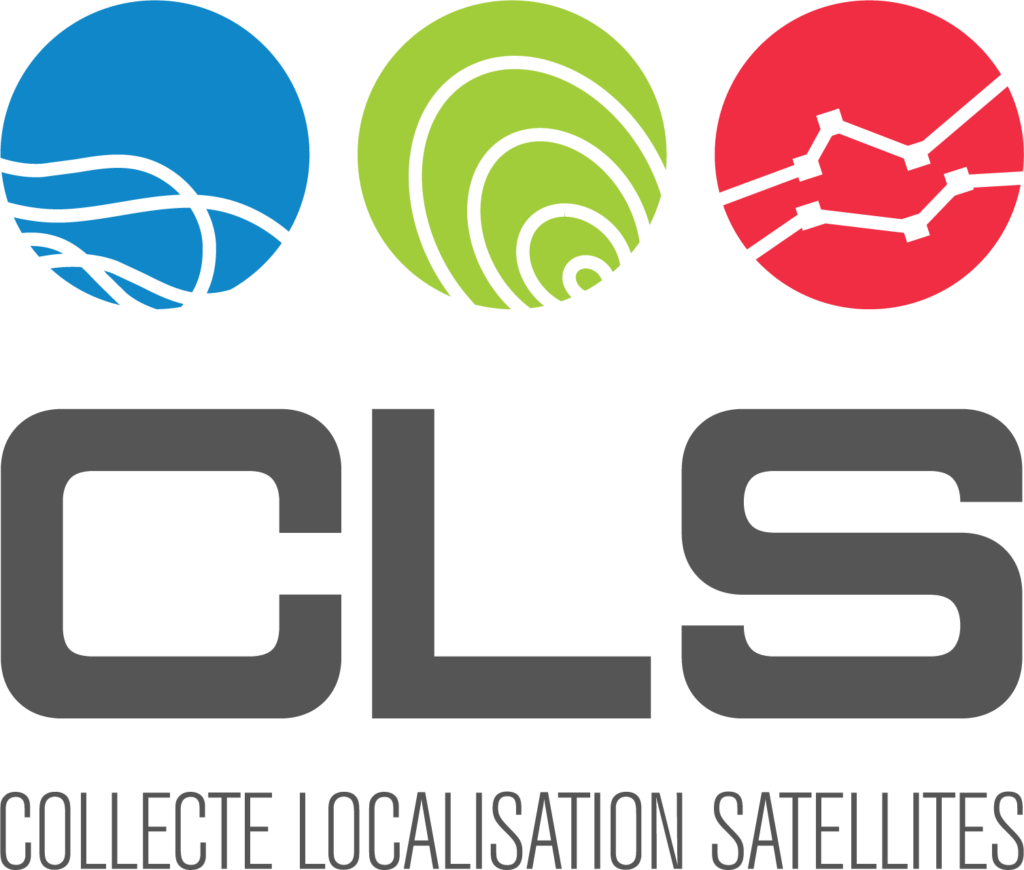Description of the organisation
CLS, a subsidiary of CNES (French Space Agency) and IFREMER (French Research Institute for Exploration of the Sea), develops since 1986 satellite services in location and environmental data collection, space oceanography and radar detection. With a staff of more than 500, in France and abroad, CLS offers to a broad range of professionals including: government, industry and the scientific community, services in three major domains: environmental monitoring, maritime security, and management of marine resources. CLS has a solid experience in satellite data processing sea surface temperature, ocean colour and radar imagery as well as in in-situ data processing (ARGO float, drifters, and tide gauges). CLS operates the ARGOS data collection and location system offering a wide range of services for safety, environmental and human activity monitoring and ecological studies (animal tracking). CLS is both involved in research and development activities and in operational oceanography and services for end-users (off-shore industry, ship-routing, fisheries management). It is one among the partners of the COPERNICUS Marine Environment Monitoring Services (CMEMS), being responsible of the sea level TAC (Thematic Assembly Center) thanks to 20 years of experiences in processing, validation and disseminating satellite altimetry data.
Expertise particularly relevant for the project
Since 2006, CLS has developed a Marine Ecosystems Modelling activity to contribute to a better understanding of how marine ecosystems function, under the influence of both human activities and climate-environmental variability. It also provides useful tools for ecosystem-based management and sustainable exploitation of marine resources, especially the so-called SEAPODYM (Spatial Ecosystem And Population Dynamics Model) software (www.seapodym.eu). This model is coupled to physical-biogeochemical model to simulate low and mid-trophic functional groups, and then detailed spatially-explicit population dynamics of fish under the influence of their oceanic environment and the various fisheries exploiting the modelled target species. Once the model parameters have been optimized using historical fishing data, it can be used to run projections under climate change scenarios.
For more information please visit CLS website.
